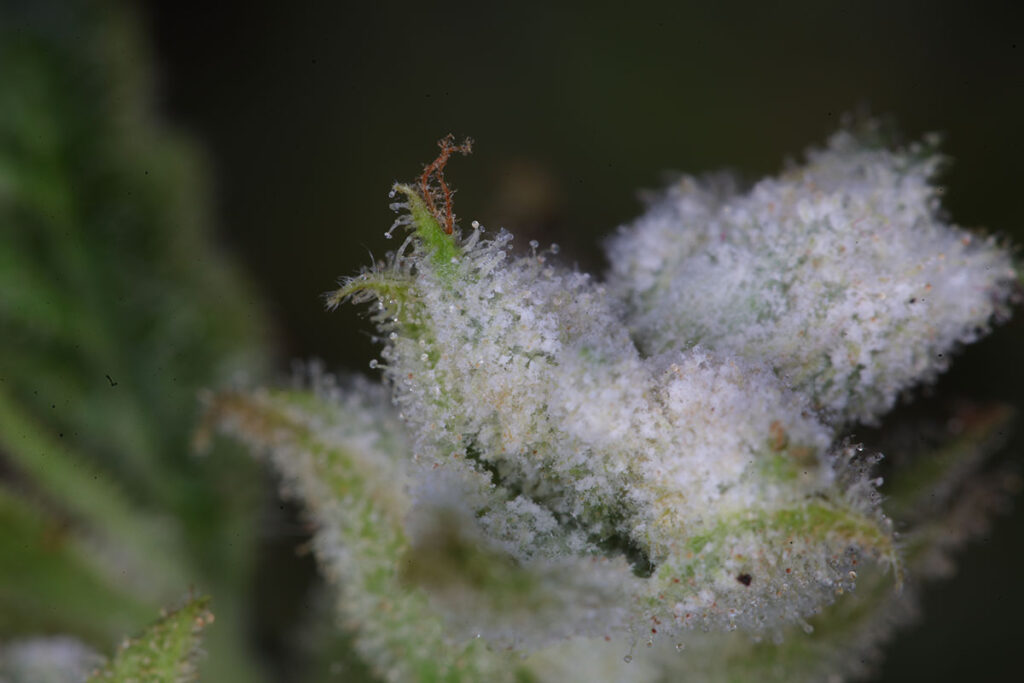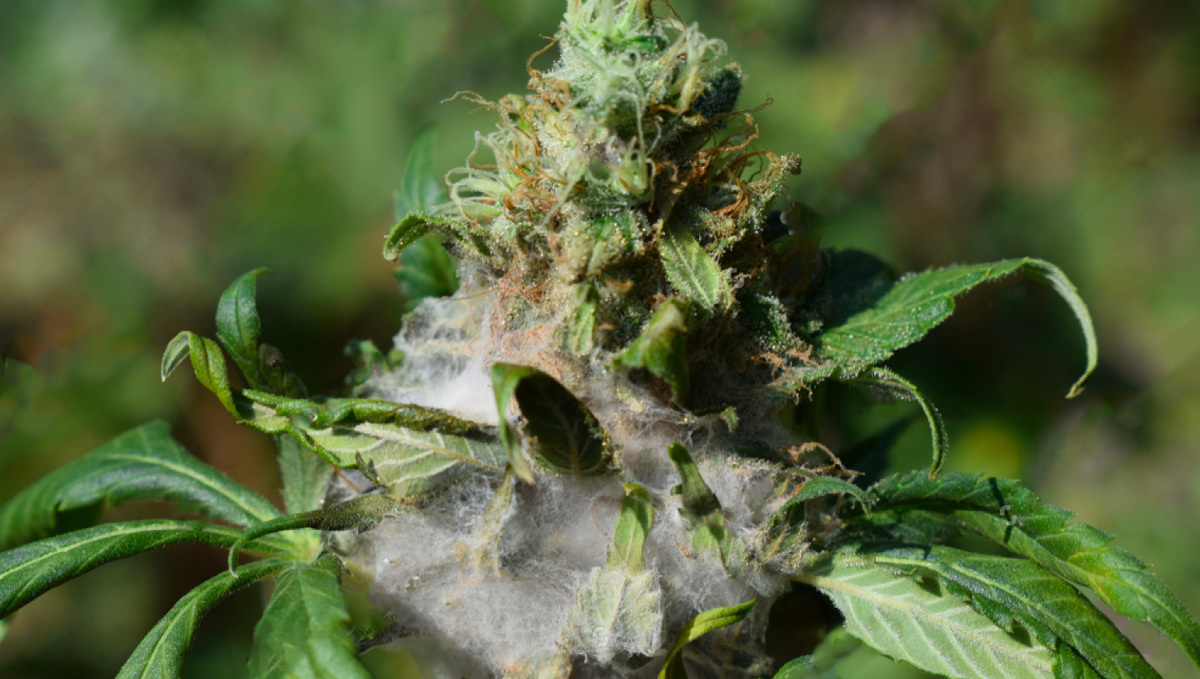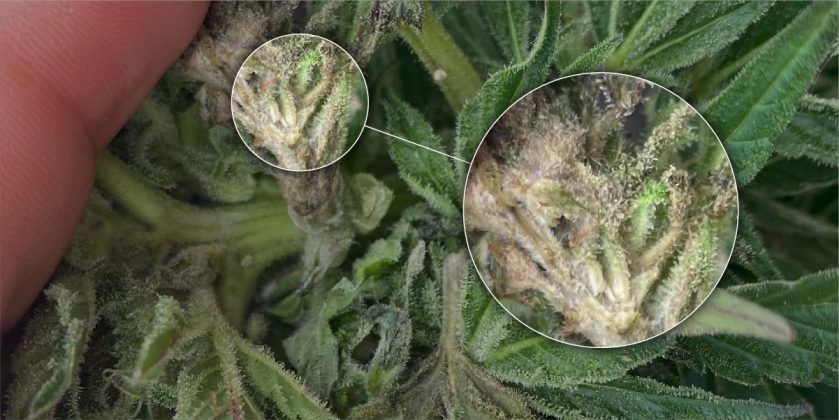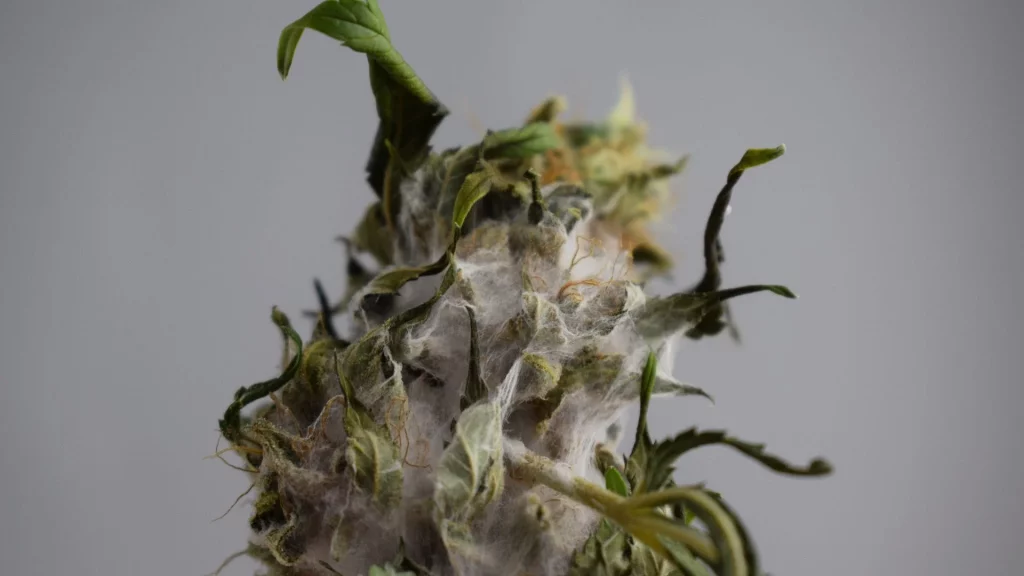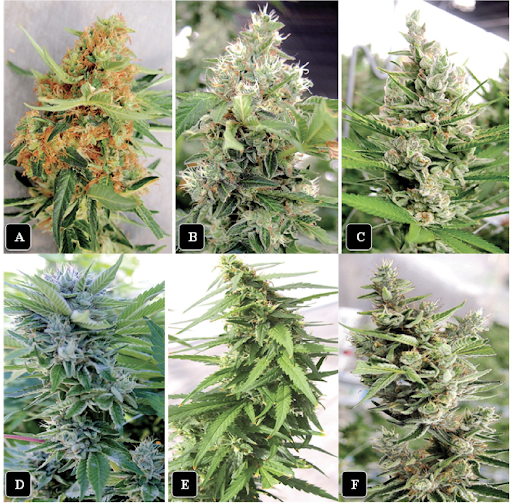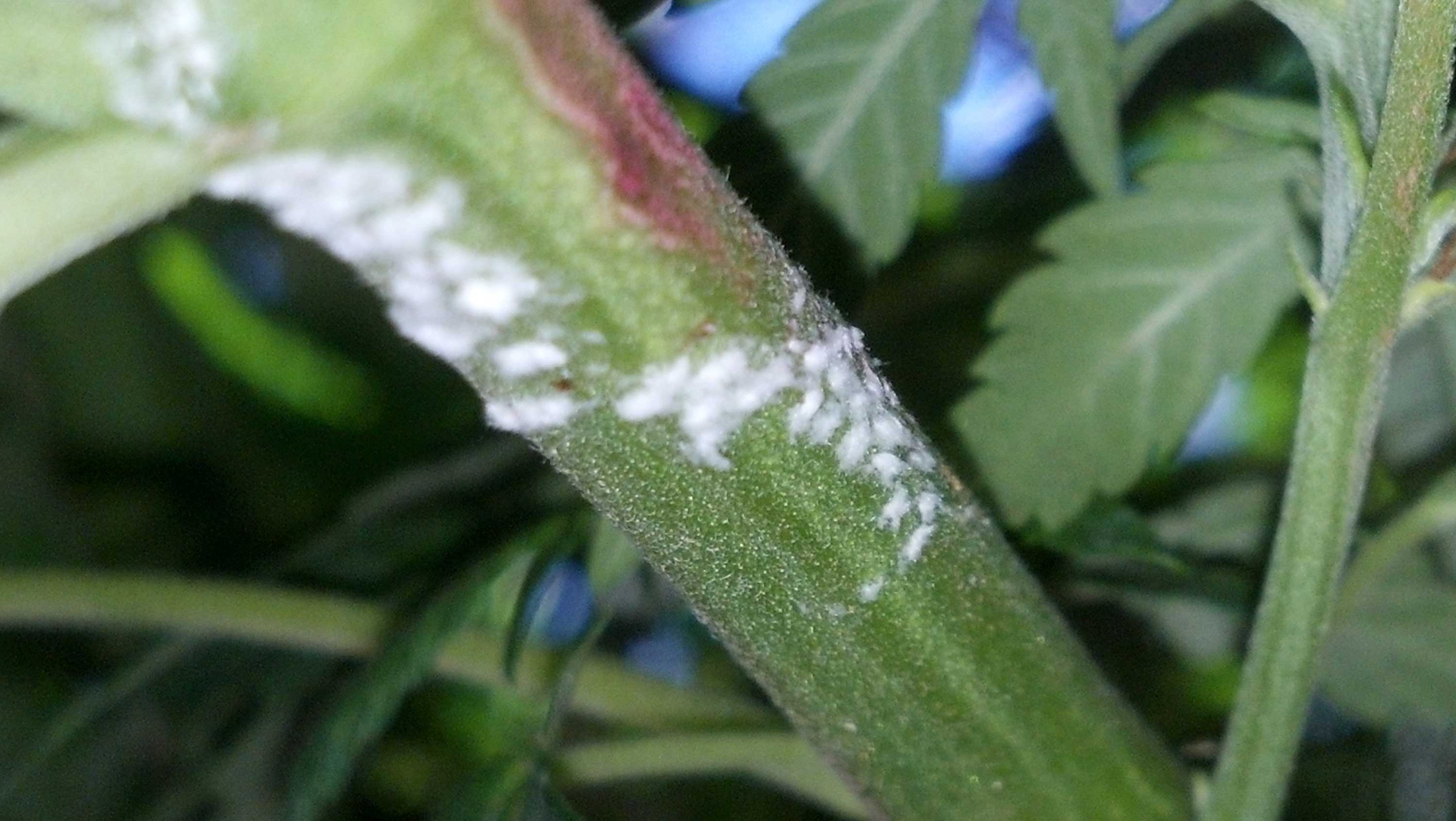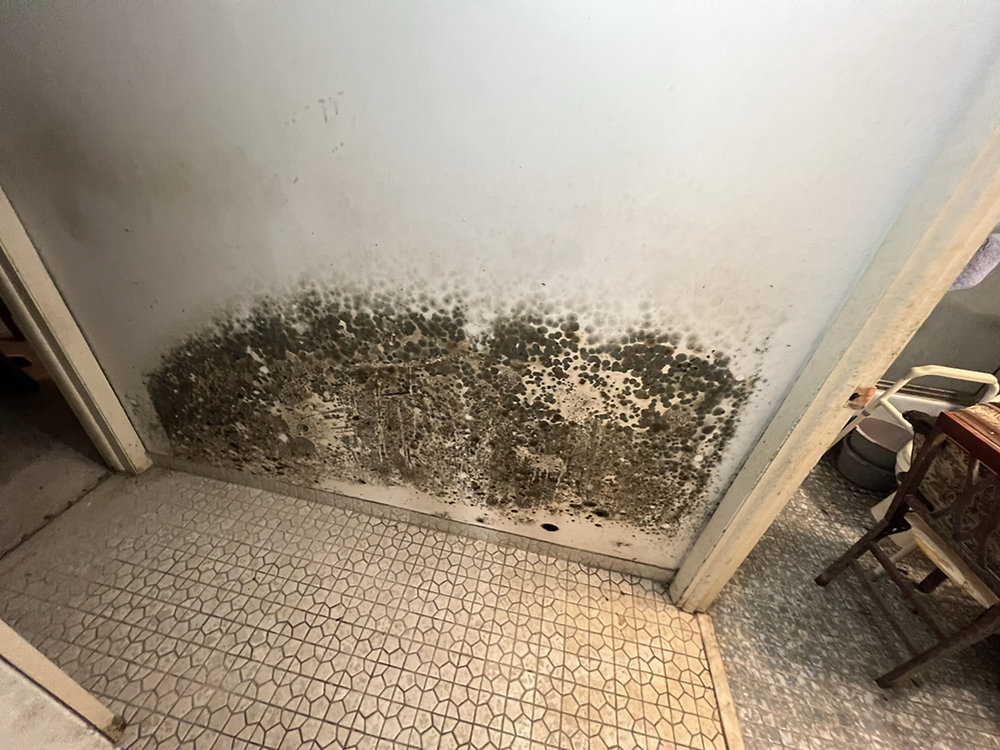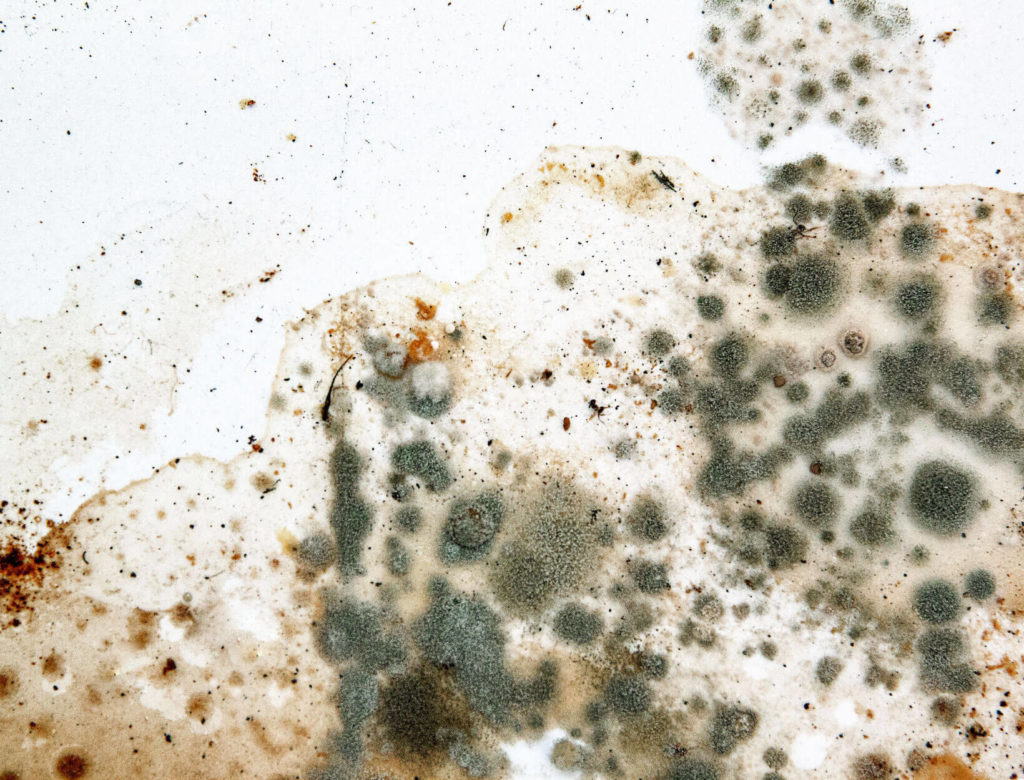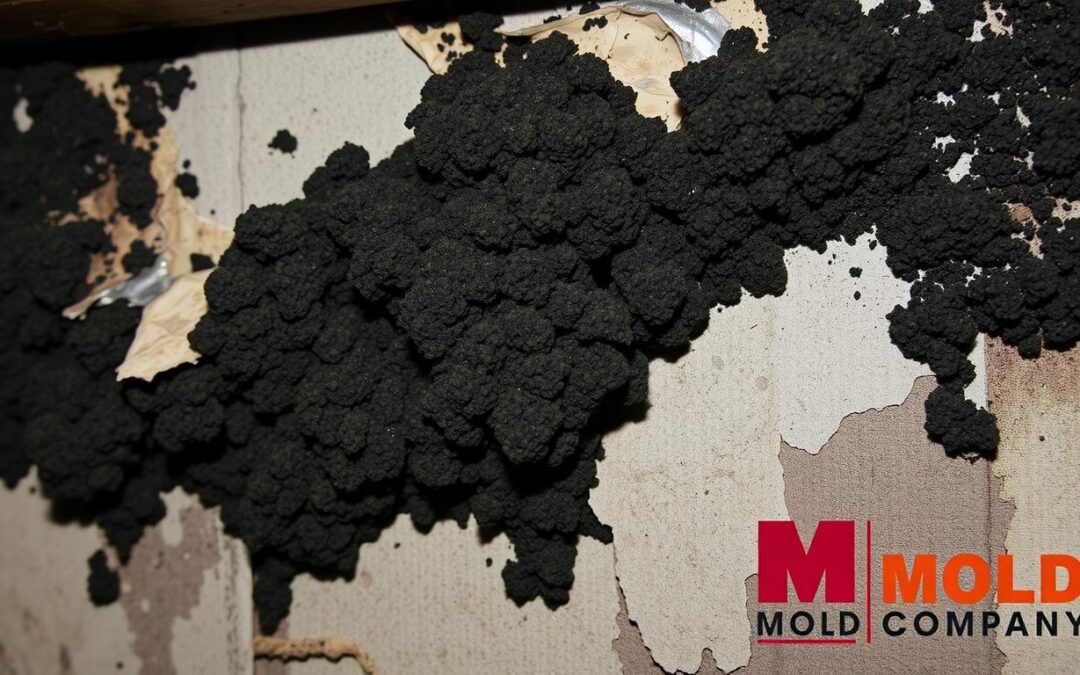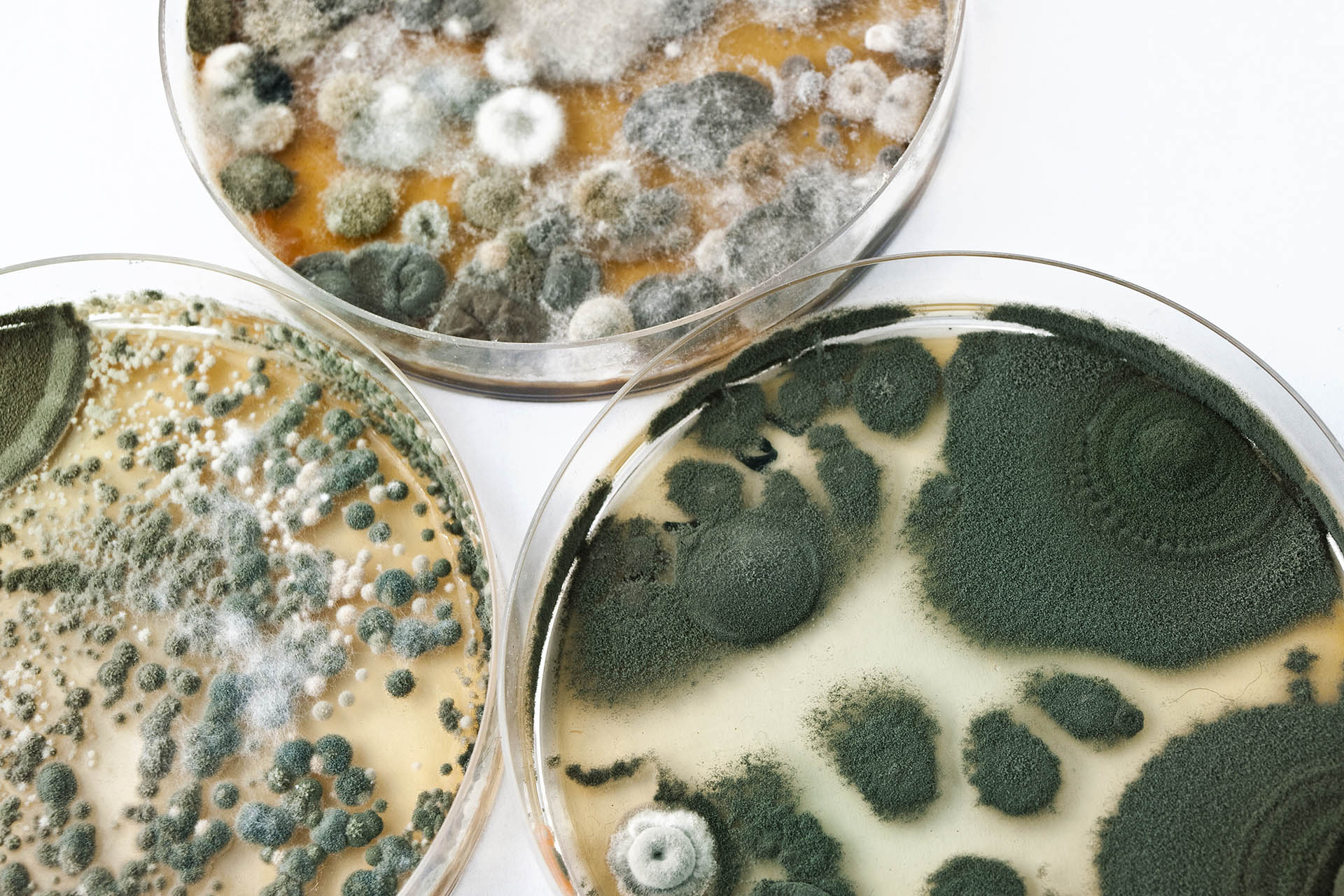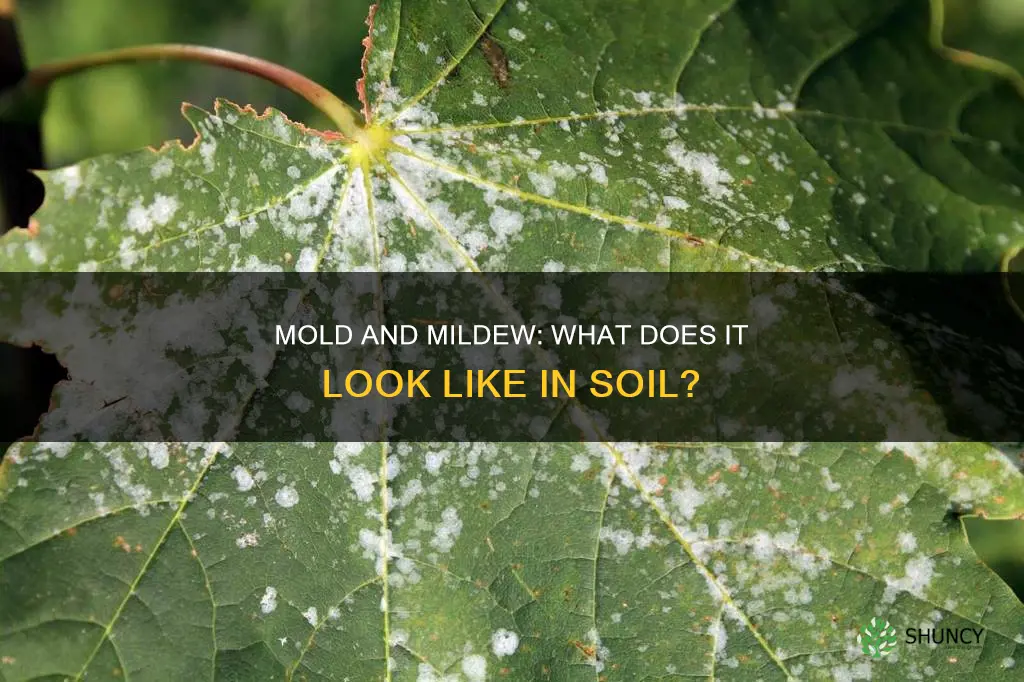What Does Weed Mold Look Like
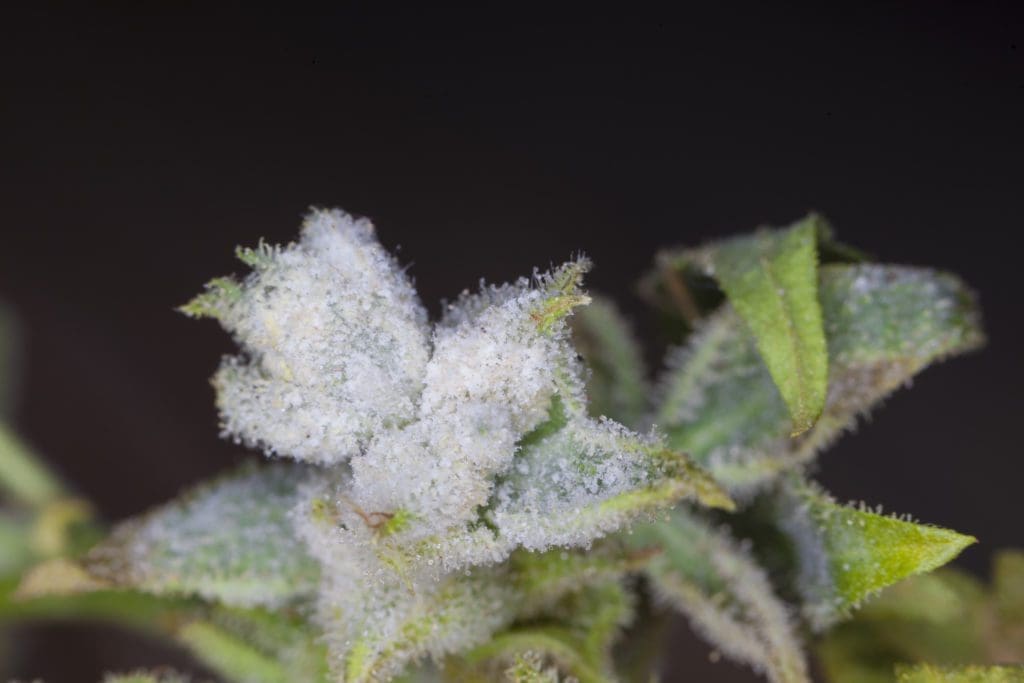
Imagine the earthy aroma of your favorite cannabis strain filling the air as you reach for your stash. The buds look dense and inviting, promising relaxation or a burst of creativity. But what if something lurks beneath the surface, unseen at first glance? A hidden danger that could turn your anticipated pleasure into a health risk?
This article delves into the crucial topic of weed mold: what it looks like, why it's a concern, and how to protect yourself. Recognizing and preventing mold contamination in cannabis is vital for ensuring a safe and enjoyable experience. We'll explore the various types of mold that can affect cannabis, providing you with the knowledge to identify them and safeguard your health.
Understanding the Threat: Why Mold Matters
Mold is a ubiquitous fungus that thrives in damp environments. It reproduces by releasing spores, which can become airborne and easily contaminate various surfaces, including cannabis. The presence of mold on your weed isn't just aesthetically unpleasant; it poses potential health risks.
Consuming or inhaling moldy cannabis can trigger allergic reactions, respiratory problems, and even more serious health complications, particularly for individuals with compromised immune systems. Therefore, knowing what to look for is paramount.
Visual Indicators: Spotting Mold on Weed
Identifying mold on cannabis requires a keen eye and attention to detail. While some molds are easily visible, others can be subtle and require closer inspection.
The Fuzzy White Menace: Powdery Mildew
One of the most common types of mold found on cannabis is powdery mildew. As the name suggests, it appears as a white, powdery coating on the surface of the buds and leaves. It often looks like someone lightly dusted the plant with flour or talcum powder.
According to the Environmental Protection Agency (EPA), powdery mildew thrives in humid environments with poor air circulation. It can quickly spread and decimate an entire cannabis crop if left unchecked.
The Gray Peril: Botrytis (Bud Rot)
Botrytis, also known as bud rot, is another common fungal infection that can plague cannabis plants. Unlike powdery mildew, botrytis typically attacks the inside of the buds, making it harder to detect early on.
It often presents as a gray or brownish discoloration within the bud, accompanied by a musty or decaying odor. The affected area may also appear slimy or mushy.
Other Mold Varieties: A Spectrum of Concerns
Besides powdery mildew and botrytis, other types of mold can also affect cannabis. These include Aspergillus, Penicillium, and Mucor. Aspergillus is particularly concerning as certain species can produce aflatoxins, potent carcinogens.
These molds can appear in various colors, including green, blue, black, and yellow. They often manifest as fuzzy or slimy patches on the surface of the buds.
Beyond the Naked Eye: Tools for Detection
While visual inspection is crucial, sometimes mold can be difficult to detect with the naked eye. In such cases, using a magnifying glass or a jeweler's loupe can be helpful.
These tools allow you to examine the buds more closely for subtle signs of mold, such as tiny white or colored spots, unusual textures, or changes in the plant's trichomes. Some cannabis enthusiasts also use blacklights to detect mold, as certain types of mold will fluoresce under UV light.
Odor Matters: Trust Your Nose
In addition to visual cues, odor can also be a telltale sign of mold contamination. Healthy cannabis should have a pleasant, earthy, or citrusy aroma, depending on the strain.
If your weed smells musty, stale, or like ammonia, it's a strong indication that mold is present. Trust your instincts and avoid consuming any cannabis that smells suspicious.
Prevention is Key: Protecting Your Stash
The best way to avoid the risks associated with moldy cannabis is to prevent mold from growing in the first place. Proper storage is essential for maintaining the quality and safety of your weed. Store your cannabis in an airtight container in a cool, dark, and dry place.
Humidity is a major factor in mold growth, so consider using humidity packs to regulate the moisture content of your storage container. Aim for a relative humidity of around 55-65%.
Regularly inspect your cannabis for any signs of mold or discoloration. Promptly remove any affected buds to prevent the mold from spreading to the rest of your stash.
Purchasing Practices: Source Matters
Where you purchase your cannabis can also significantly impact its quality and safety. Buy your cannabis from reputable sources that adhere to strict quality control standards.
Licensed dispensaries are generally a safer option than unregulated sources, as they are subject to testing and inspection requirements. Ask your dispensary about their mold testing protocols and request to see the results before making a purchase.
Remember, transparency is key. A reputable vendor should be willing to provide information about their growing practices and quality control measures.
What to Do if You Suspect Mold: Discard and Reassess
If you suspect that your cannabis is moldy, the safest course of action is to discard it. Do not attempt to salvage or clean the affected buds, as this can spread the mold spores and potentially expose you to health risks.
Thoroughly clean your storage container with soap and water, and then disinfect it with isopropyl alcohol. Ensure the container is completely dry before storing any new cannabis.
Take this as a learning opportunity and reassess your storage practices. Consider investing in better storage containers and humidity control measures to prevent future mold contamination.
The Bigger Picture: Cannabis Regulation and Safety
The issue of mold contamination in cannabis highlights the importance of robust regulation and testing within the cannabis industry. As cannabis legalization continues to expand, it's crucial that governments and regulatory bodies establish clear standards for cultivation, processing, and distribution.
These standards should include mandatory mold testing to ensure that consumers have access to safe and high-quality cannabis products. Furthermore, public education campaigns are needed to raise awareness about the risks of moldy cannabis and provide consumers with the knowledge to protect themselves.
A Final Puff of Wisdom: Prioritizing Your Health
The world of cannabis offers a diverse range of experiences, from relaxation to creativity and therapeutic benefits. However, it's essential to approach cannabis consumption with awareness and responsibility.
By understanding the risks associated with moldy cannabis and taking proactive steps to prevent contamination, you can ensure a safer and more enjoyable experience. Remember, your health is paramount. When in doubt, throw it out. Stay informed, stay vigilant, and savor the good vibes.
